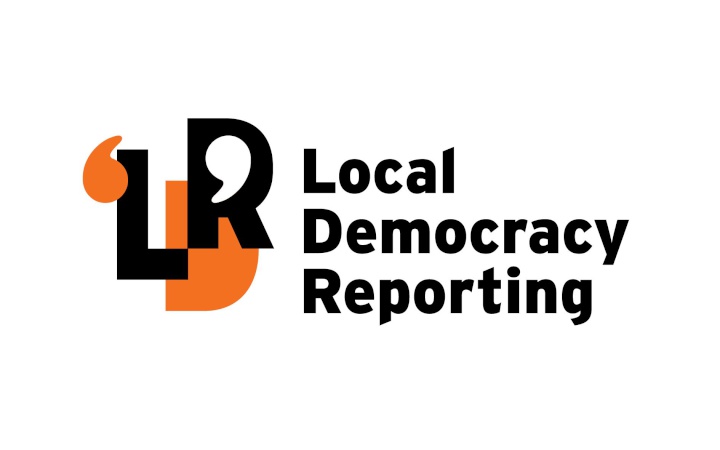Whakatāne’s stormwater systems were put to the test on Monday with 44 millimetres of rain falling over the township.
The Wainui Te Whara Stream catchment area between Whakatāne and Ōhope saw even heavier downpours with 71.5mm recorded.
While surface ponding was experienced in some areas, water levels receded quickly once the rain eased.
Whakatāne District Council three waters manager Jim Finlay said heavy rain also caused a minor wastewater seepage from a manhole on Peace Street with some overflow entering the McAlister Street pump station and discharging into the Whakatāne River.
“Our three waters team responded quickly, and inspections confirmed no blockages – the system was simply overwhelmed by the volume of water,” Mr Findlay said.
Sampling had confirmed no ongoing discharge, however, as a precaution, the council advises against swimming or gathering shellfish or kaimoana from the river until water quality testing confirmed it was safe.
Local Democracy Reporting understands that the manhole was not in the vicinity of the new Peace Street stormwater system and sponge reserve.
Mr Findlay said although water flowed over Peace Street between the northern and southern sections of the Peace Street Sponge Reserve, this was by design and not a failure of the system.
“This section of road is designed to act as a secondary flow path during heavy rain. The new stormwater system is designed to direct water to the lowest point on the road away from properties, allowing water to safely flood the road without damaging nearby properties or infrastructure.
“Temporary road closures may be necessary during such events to manage water flow. McAlister Street flood pumps operated as intended, and water levels receded once the rain eased.”



 Gordon Campbell: On NZ’s Silence Over Gaza, And Creeping Health Privatisation
Gordon Campbell: On NZ’s Silence Over Gaza, And Creeping Health Privatisation Government: Minister Of Finance’s Budget 2025 Speech
Government: Minister Of Finance’s Budget 2025 Speech The Prosperity Deal: Govt Budget Has No Plan For AI Job Loss – Citizens Launch The Prosperity Deal As The Only Workable Alternative
The Prosperity Deal: Govt Budget Has No Plan For AI Job Loss – Citizens Launch The Prosperity Deal As The Only Workable Alternative Greenpeace New Zealand: Greenpeace Braced For ‘Scorched Earth’ Budget From Govt
Greenpeace New Zealand: Greenpeace Braced For ‘Scorched Earth’ Budget From Govt NZ Police: Police Acknowledge Sentencing Of Donald Sarratt In Child Sexual Abuse Material Case
NZ Police: Police Acknowledge Sentencing Of Donald Sarratt In Child Sexual Abuse Material Case PSA: Ministry Of Education Workers Will Walk Off The Job For The First Time In Over 20 Years
PSA: Ministry Of Education Workers Will Walk Off The Job For The First Time In Over 20 Years Justice for Palestine: NZ Joining International Call For Humanitarian Aid To Gaza Welcomed, But Sanctions Need To Be Imposed On Israel Urgently
Justice for Palestine: NZ Joining International Call For Humanitarian Aid To Gaza Welcomed, But Sanctions Need To Be Imposed On Israel Urgently


